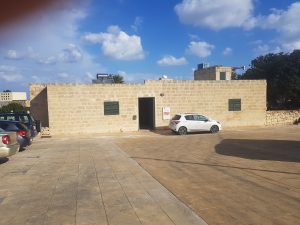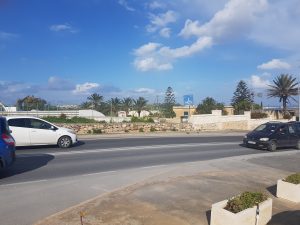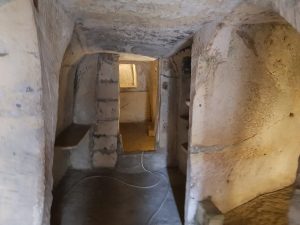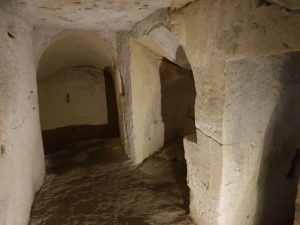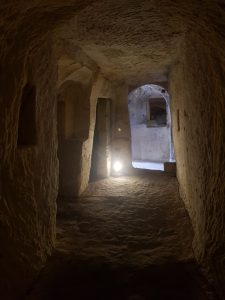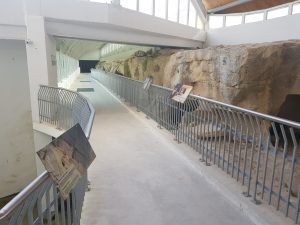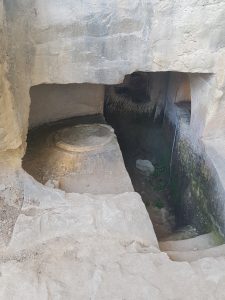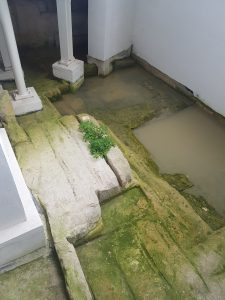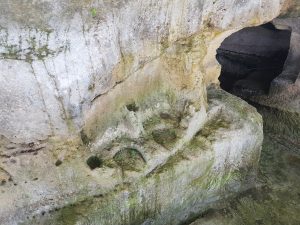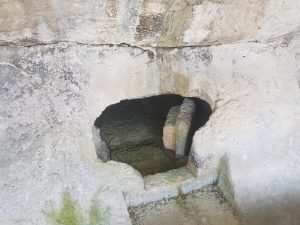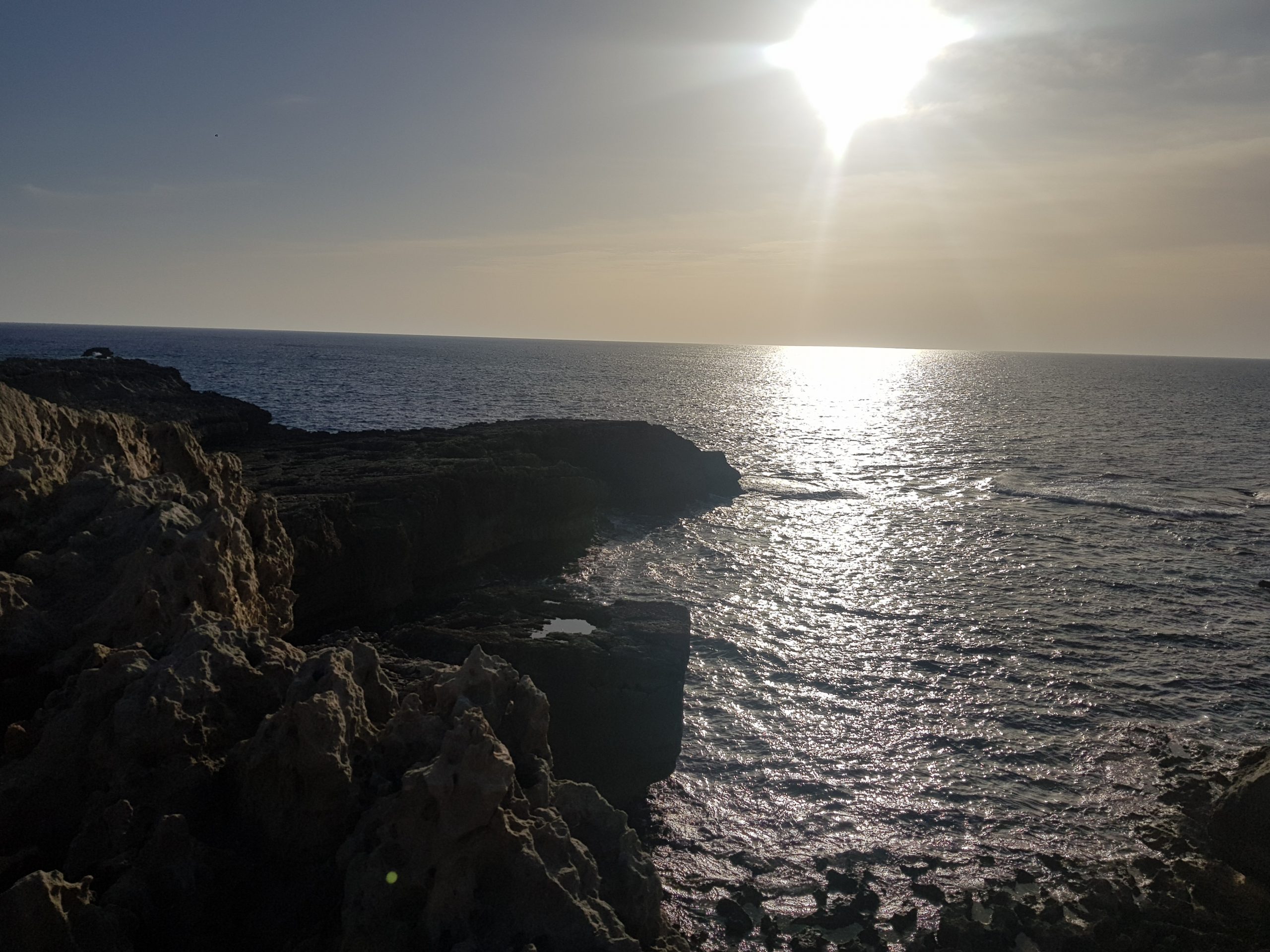Malta – Northern Region – Mosta – Ta’ Bistra Catacombs
It’s not the grandest entrance to a museum that I’ve ever seen, but that’s because they’ve taken over a former farmhouse. The museum has the second largest set of catacombs in Malta, the largest being those at St. Paul’s. There was a friendly welcome from the staff member at the entrance and I also get the impression that this isn’t the most visited site that Heritage Malta operate.
The section of the catacombs is the other side of the road to the farmhouse and it was thought that the road building had destroyed a chunk of the site. However, all was well, the engineers either hadn’t bothered to dig down very far or they carefully avoided the catacombs (likely the former) and they had just put the road over the top in the 1930s.
The first part of the site is where visitors can enter the catacombs themselves, something better for shorter people than taller people. This section is located underneath the former farmhouse and the catacombs were repurposed as animal pens.
These catacombs felt much drier than the ones at St. Paul’s, which all seemed to be quite damp.
This is how much of the site is presented now, but it would have once likely have been on the edge of a valley side.
The triclinium, where relatives of the dead would have a final meal.
This is where they think that the Romans were cutting stone to use in building projects, but just didn’t get any further at this particular point.
This apparently is where the fortunate body was given their own drinks stand, in the hole behind the two headrests.
One of the few blocking stones which was still in place when they completed the archaeological dig. Interestingly when they completed an archaeological dig relatively recently, they found entire sections which had been missed at what they thought were comprehensive excavations in 1933.
Although this site isn’t as extensive as St. Paul’s, it’s better explained with numerous informational panels. There’s also a short introduction video, but otherwise very little in the way of exhibits. The extra challenge has been in trying to explain the damage done to the site when it was re-used, particularly the farmers who turned sections into animal pens. At least though the road didn’t destroy much history, so there’s plenty to see at the site.

